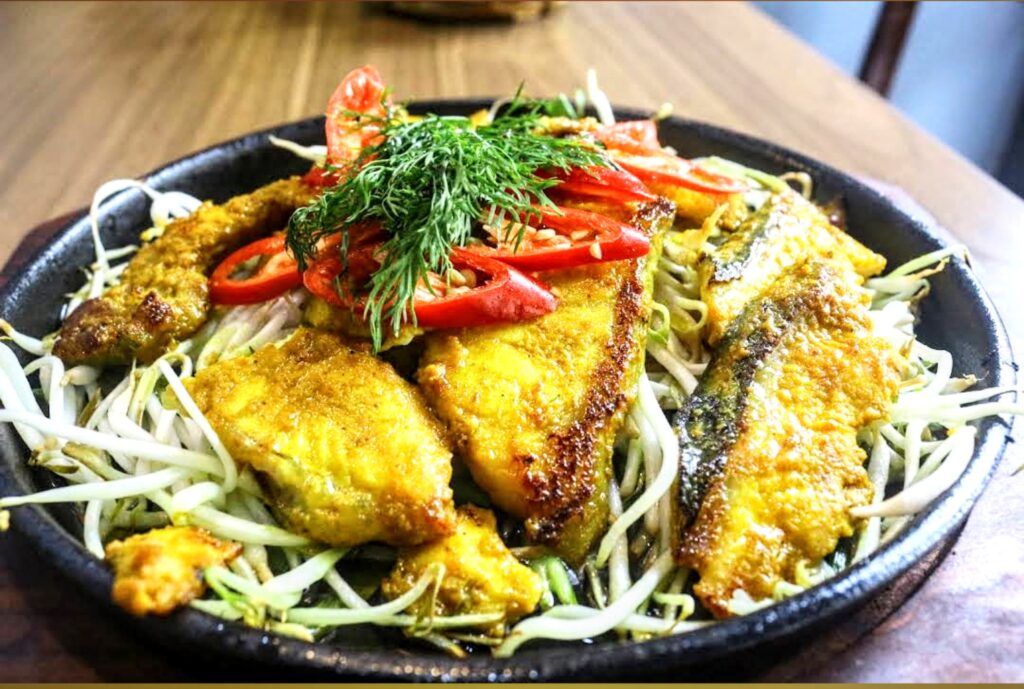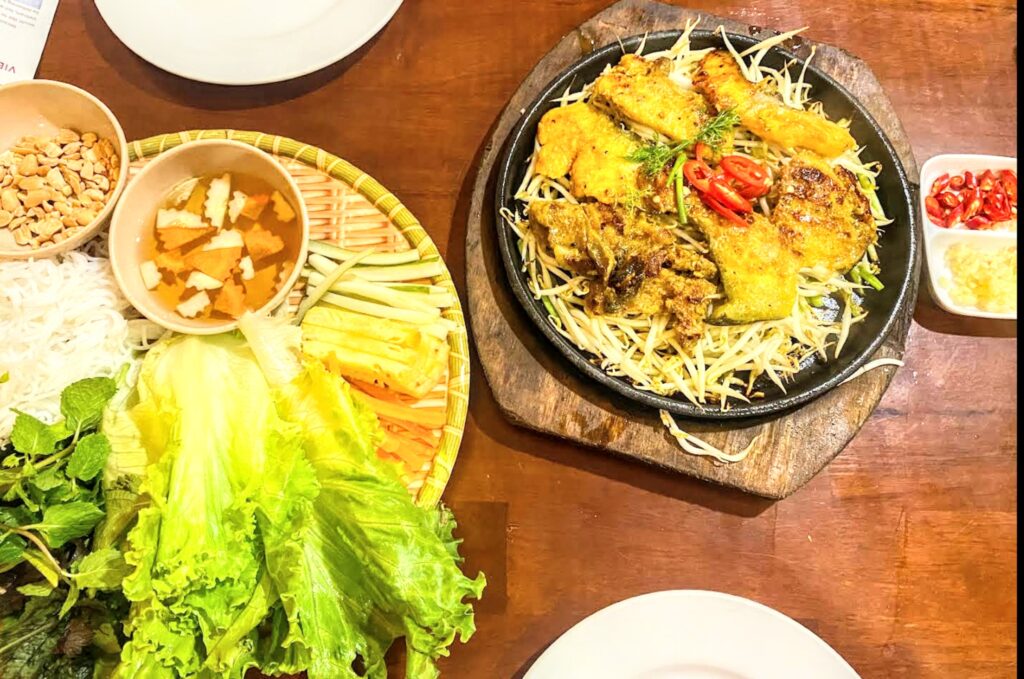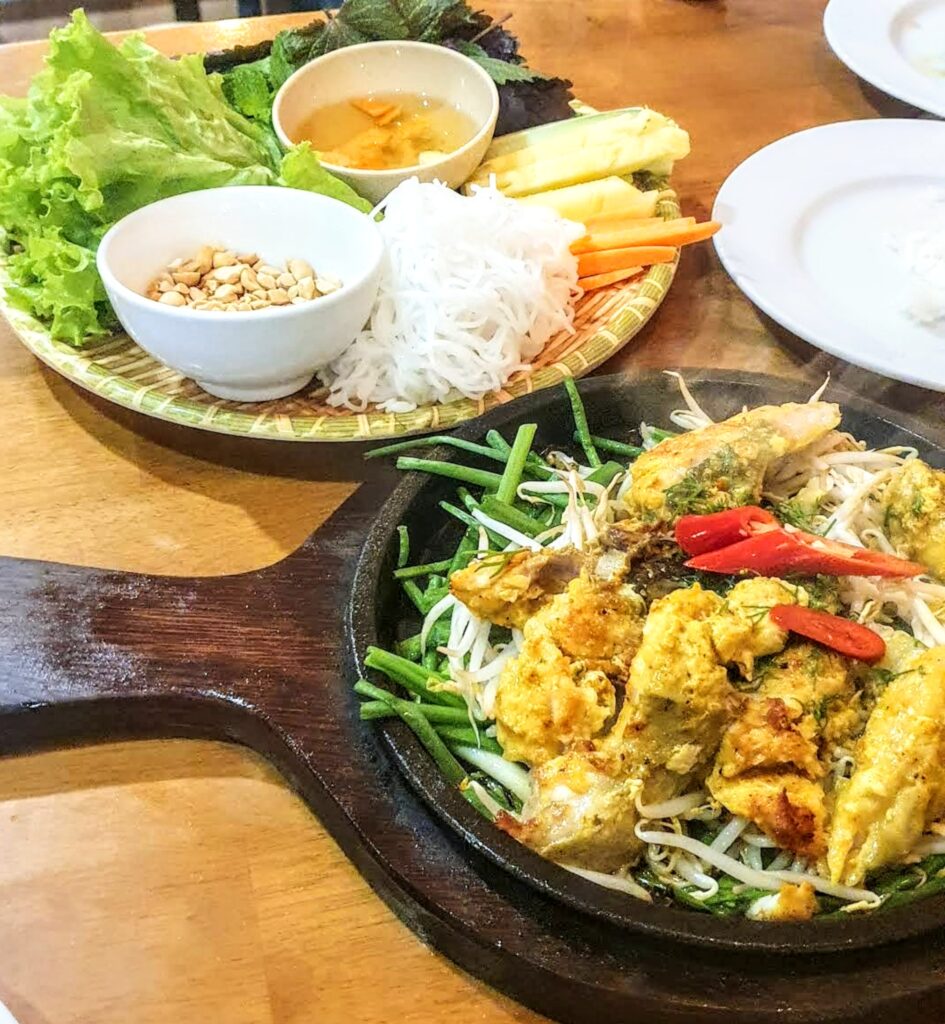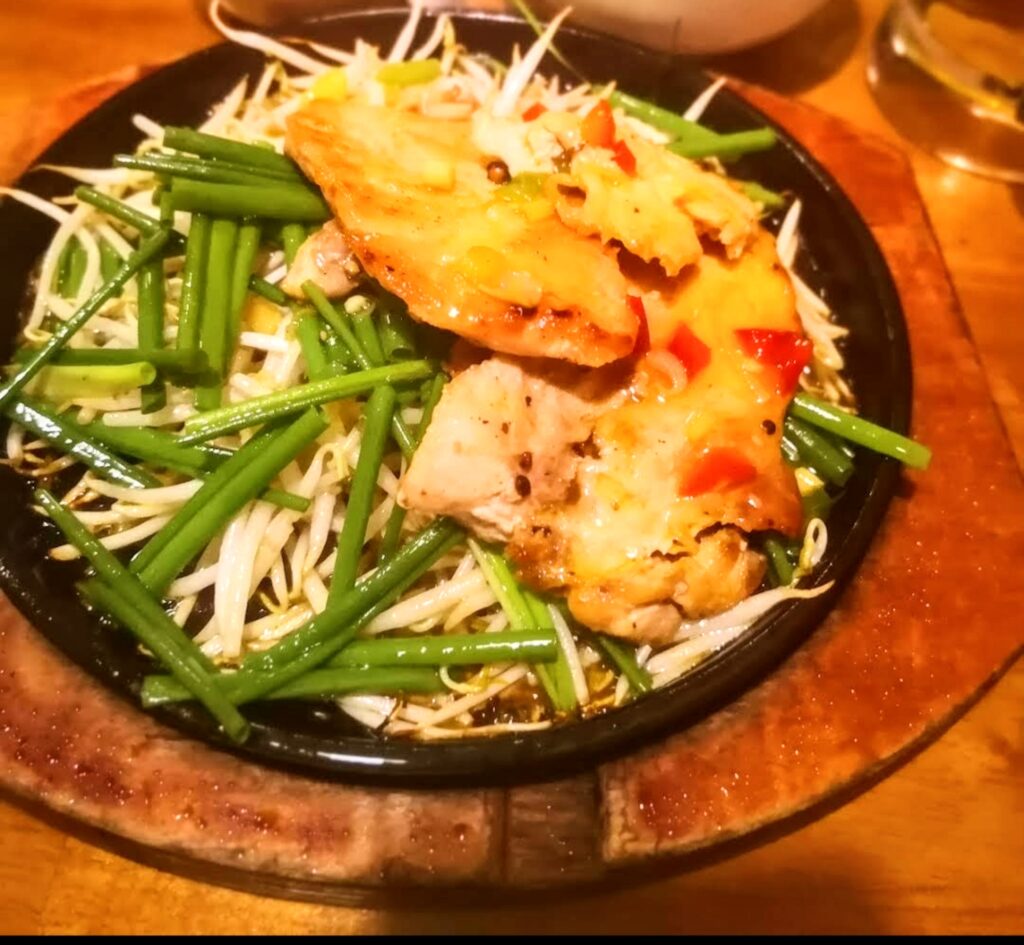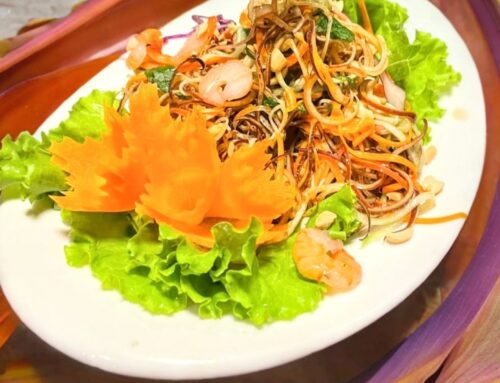Introduction
Vietnamese cuisine is renowned for its rich flavors, vibrant colors, and diverse range of dishes. One traditional recipe that encapsulates the essence of Vietnamese culinary culture is fried fish. This beloved dish has a deep-rooted origin and holds a special place in the hearts of both locals and foreign tourists alike. In this article, we will delve into the meaning behind Vietnamese fried fish, its origin, and the unique flavors that make it a must-try dish for any food enthusiast.
The Origins of Vietnamese Fried Fish
The origins of Vietnamese fried fish can be traced back to the bustling streets of Hanoi, the capital city of Vietnam. Hanoi is known for its vibrant street food scene and is home to countless local delicacies. Among these, fried fish stands out as a beloved dish that has been cherished for generations.
The recipe for Vietnamese fried fish has been passed down through families, with each generation adding its own touch to the dish. It is believed that the dish originated as a way to make use of the abundant freshwater fish found in the rivers and lakes surrounding Hanoi. Freshwater fish such as hemizygous or snakehead fish are commonly used in this traditional recipe.
The Meaning Behind Vietnamese Fried Fish
Vietnamese fried fish is more than just a delicious meal. It holds cultural significance and represents the Vietnamese people’s connection to their culinary heritage. The dish embodies Vietnamese cuisine’s resourcefulness and creativity, transforming simple ingredients into a flavorful and satisfying dish.
The process of marinating the fish in a mixture of fish sauce, salt, chili, and herbs before frying it to perfection reflects the Vietnamese approach to cooking. Vietnamese cuisine places great emphasis on balancing flavors and using fresh, aromatic herbs to enhance the taste of dishes. This attention to detail is evident in every bite of Vietnamese fried fish.
The Unique Flavors of Vietnamese Fried Fish
The combination of flavors and textures in Vietnamese fried fish is truly remarkable. The fish is marinated in a fragrant mixture of fish sauce, salt, chili, and herbs, which infuses it with a savory and slightly spicy taste. When fried in a hot wok, the fish develops a crispy and golden brown exterior, adding a satisfying crunch to every bite.
The dish is typically served with rice noodles, fresh herbs, lettuce, and a special dipping sauce. The coolness of the rice noodles and the freshness of the herbs provide a refreshing contrast to the hot and crispy fish. The dipping sauce, often made with fish sauce, lime juice, sugar, and chili, adds a tangy and umami-rich element to the dish.
Each bite of Vietnamese fried fish offers a delightful explosion of flavors. The aromatic and slightly spicy fish, when combined with the coolness of the rice noodles, the freshness of the herbs, and the tanginess of the dipping sauce, creates a harmonious blend that is both satisfying and memorable.
Exploring Vietnamese Culinary Culture
Vietnamese cuisine is deeply rooted in the country’s history, culture, and geography. It reflects the diverse influences that have shaped Vietnam’s culinary traditions over the centuries. From the Chinese and French influences to the abundant use of fresh herbs and spices, Vietnamese cuisine is a true reflection of the country’s unique identity.
Vietnamese cuisine is known for its emphasis on fresh ingredients, balanced flavors, and vibrant colors. The use of herbs such as mint, basil, and cilantro adds brightness and depth to dishes, while the combination of sweet, savory, spicy, and sour flavors creates a complex and harmonious taste profile.
Fried fish is just one example of the many incredible dishes that showcase the richness and diversity of Vietnamese culinary culture. Exploring Vietnamese cuisine allows you to discover the unique flavors, techniques, and traditions that make it so unique.
How to Prepare Vietnamese Fried Fish
Preparing Vietnamese fried fish requires a few simple steps to ensure the dish turns out flavorful and crispy. Here is a step-by-step guide to creating this delicious dish:
- Marinate the fish: Start by marinating the fish in a mixture of fish sauce, salt, chili, and herbs. This will infuse the fish with flavor and help to tenderize it.
- Prepare the dipping sauce: While the fish is marinating, prepare the special dipping sauce. Combine fish sauce, lime juice, sugar, and chili in a bowl, and mix well until the sugar has dissolved. Adjust the proportions to suit your taste preferences.
- Fry the fish: Heat oil in a wok or deep pan until it reaches a high temperature. Carefully place the marinated fish into the hot oil and fry until it turns crispy and golden brown. Flip the fish halfway through to ensure even cooking.
- Serve with accompaniments: Once the fish is cooked, remove it from the oil and let it drain on a paper towel to remove excess oil. Serve the fried fish with rice noodles, fresh herbs, lettuce, and the prepared dipping sauce.
Enjoy a fun novelty while eating fried fish wrapped in rice paper
Rice paper is a staple ingredient in Vietnamese cuisine and plays an important role in many dishes, including fried fish. Rice paper is made from rice flour and water and is used to make various types of rolls, such as spring rolls and summer rolls.
In the context of fried fish, rice paper is often used as a wrapper for creating a unique dining experience. Instead of using traditional utensils, diners can wrap a piece of fried fish along with rice noodles, fresh herbs, and lettuce in a sheet of moistened rice paper. This adds an interactive element to the meal and allows diners to customize each bite according to their preferences.
Experiencing Vietnamese Fried Fish
To truly experience the flavors and cultural significance of Vietnamese fried fish, it is recommended to visit local restaurants or street food stalls in Hanoi. These establishments often specialize in traditional dishes and offer an authentic taste of Vietnamese cuisine.
When ordering Vietnamese fried fish, take the time to savor each bite and appreciate the combination of flavors and textures. Allow the crispy and aromatic fish to contrast with the coolness of the rice noodles and the freshness of the herbs. Dip each bite into the tangy and savory dipping sauce to enhance the overall taste experience.
Conclusion
Vietnamese fried fish is a dish that captures the essence of Vietnamese culinary culture. Its origin in Hanoi and the meaning behind its preparation reflect the resourcefulness and creativity of Vietnamese cuisine. The unique flavors and textures make it a standout dish that deserves recognition.
By exploring the origins and flavors of Vietnamese fried fish, you can gain a deeper appreciation for the rich culinary traditions of Vietnam. Whether you decide to try making it at home or seek out a local restaurant, this dish is sure to leave a lasting impression. So, embark on a culinary adventure and indulge in the deliciousness of Vietnamese fried fish!

